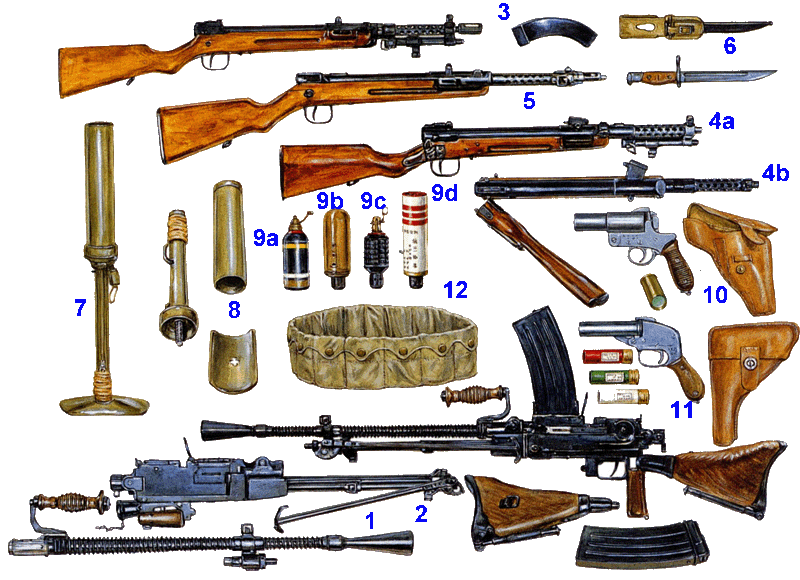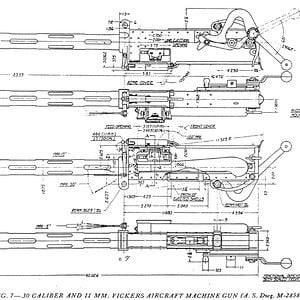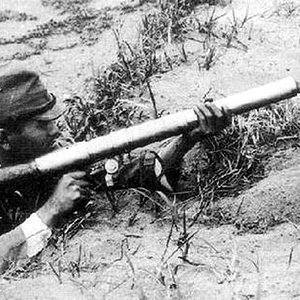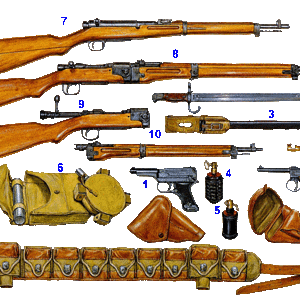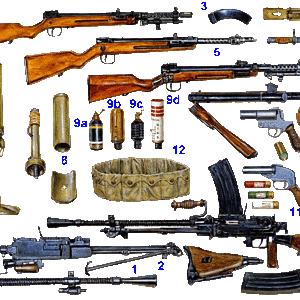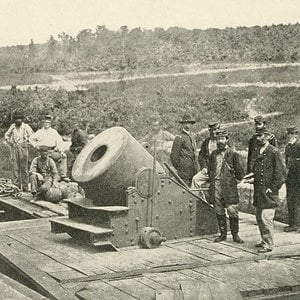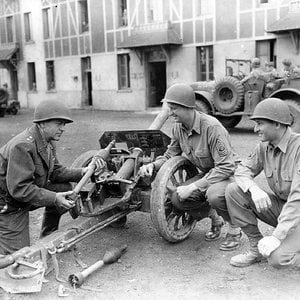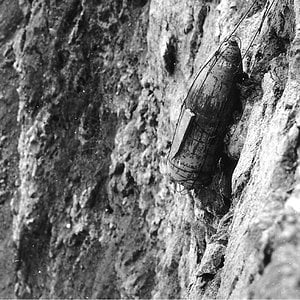Navigation
Install the app
How to install the app on iOS
Follow along with the video below to see how to install our site as a web app on your home screen.
Note: This feature may not be available in some browsers.
More options
You are using an out of date browser. It may not display this or other websites correctly.
You should upgrade or use an alternative browser.
You should upgrade or use an alternative browser.
The standard 7.7mm Type 99 (1939) LMG, which already had a detachable quick-change barrel, was provided with a detachable shoulder stock and hollow forward-folding pistol grip; this model came into use in1943 #1, #2. At 46’/ in long, this weighed 231b, took 30-round box magazines, and had a rate of fire of 850rpm. Few sub-machine guns were initially used, but larger numbers were issued for the deployments to the Philippines in 1944; although they were not listed on organization tables, a Takachiho paratrooper veteran stated that they had about 100 per regiment. Three versions of the 8mm Type 100 (1940) were employed. The original 1940 version #3, which already had a detachable barrel, was modified in 1942 with a folding stock and the removal of the flash hider #4a, #4b; length was 34in, or 22.2in folded; weight, 7lb; and rate of fire, 450rpm. The much altered 1944 version #5, without a folding stock, weighed 81 lb, measured 36in, and fired at 850rpm. All used 30-round magazines. The Type 100 bayonet issued with the SMG had an 8in blade #6. The 5cm Type 89 (1929) grenade discharger #7 - popularly but mistakenly called a “knee mortar” by Allied troops - weighed 10.31b; a 1943 paratroop version had a detachable base plate #8, although the standard model base plate and firing mechanism could already be unscrewed and reversed inside the barrel for compact carrying. This valuable weapon fired HE #9a or WP #9b shells out to 700yds, and Type 91 1931) hand grenades fitted with propellant charges #9c to 200yds; a range of smoke and pyrotechnic rounds included this 3-star red flare #9d. The discharger was carried in a canvas case slung from the shoulder, and paratroopers were provided with a chest pack. Some IJA officers carried 3.5cm Taisho Type 10 (1921) flare pistols #10; the IJN used the 2.8cm Type 97 (1937) #11. The IJN 17-pocket paratroop bandoleer is shown at #12.

